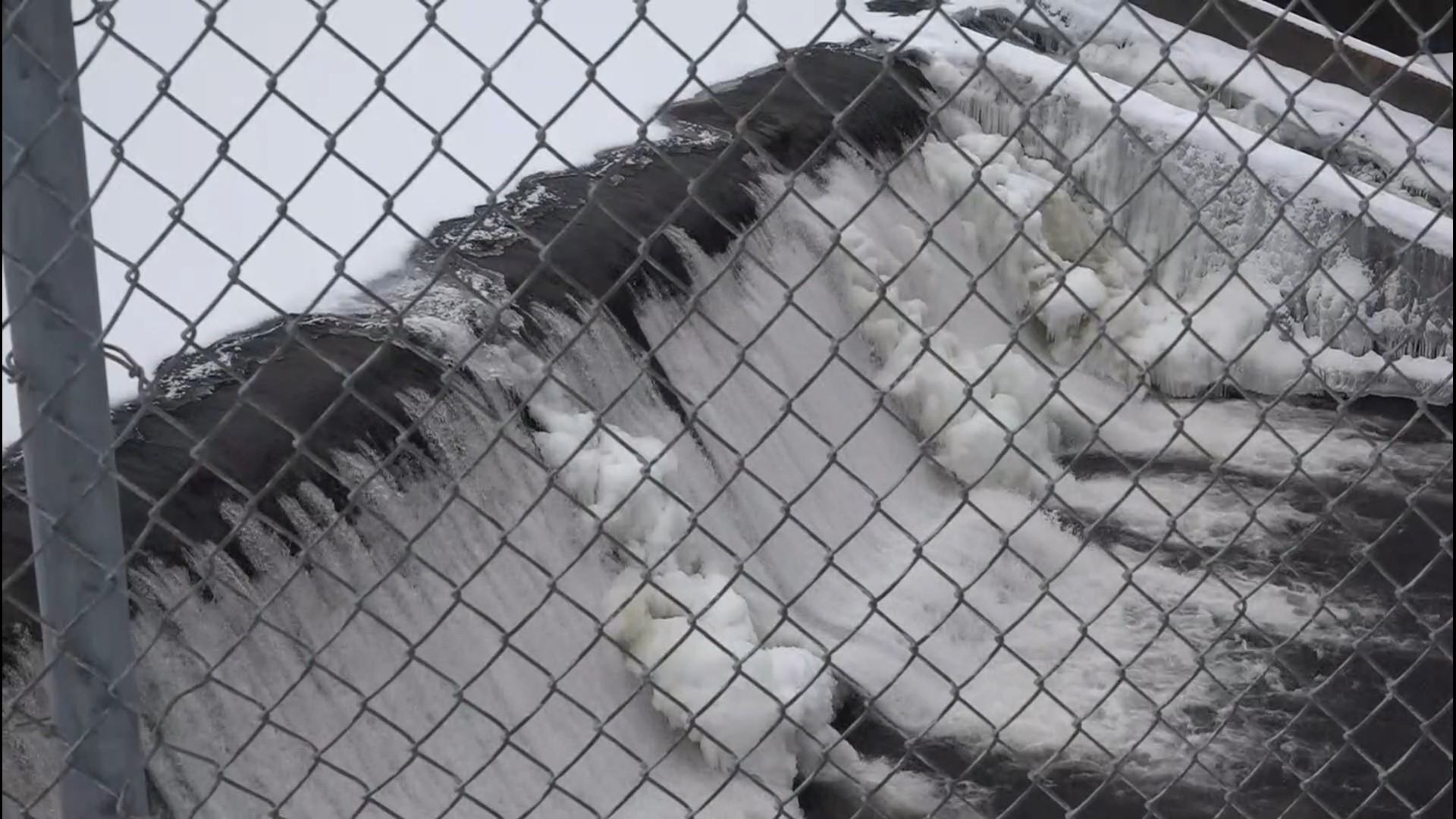DOVER-FOXCROFT, Maine — A steering committee in Dover-Foxcroft is recommending the removal of the Mayo Mill dam after a report found the structure could exacerbate flooding and couldn’t feasibly generate hydroelectricity, as it did until the mid-2000s.
"I can find no justification for keeping that dam in place," Tom Lizotte said.
Lizotte, who heads the committee and serves as chair of the town's select board, said events like the Dec. 18 storm demand action be taken to mitigate flood risk in the area.
"A lot of people think the dam stops flooding and keeps it down. … In fact, the opposite is true," Lizotte added.
The report used by the steering committee to make its recommendation estimates removing the dam would cost roughly $20 million. However, Lizotte said the entirety of that will come from the federal government and environmental nonprofits that would provide grants for the effort.
One of those organizations, the Atlantic Salmon Federation, is advocating for the dam to be removed to allow for the return of endangered migratory fish.
"This river has the ability to restore itself in the long term and on a bigger scale," Miranda Nemeth with ASF said Wednesday.
Despite the comprehensive study and unanimous support for removing Mayo Mill dam from the steering committee, according to Lizotte, many in the town have reservations.
Chief among them is a concern that removing the dam will be taking away a relic of the industrial history of Dover-Foxcroft.
"It’s a very important piece of our history," Eric Rosso explained. "I’ve seen it for most of my life, and I do see its importance."
Still, the possible removal of the dam is still a long way off.
If the select board approves the steering committee’s recommendation, the decision would then go to voters. If approved, the structure still wouldn't come down any sooner than 2028, according to Lizotte.

